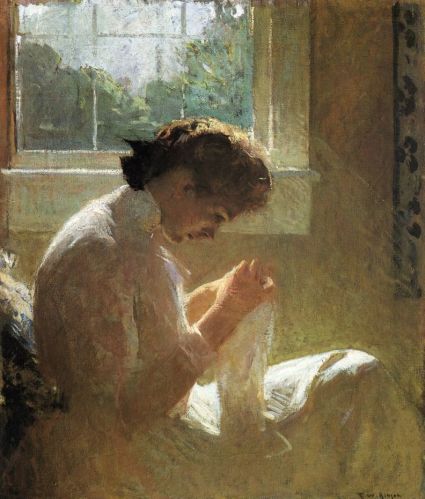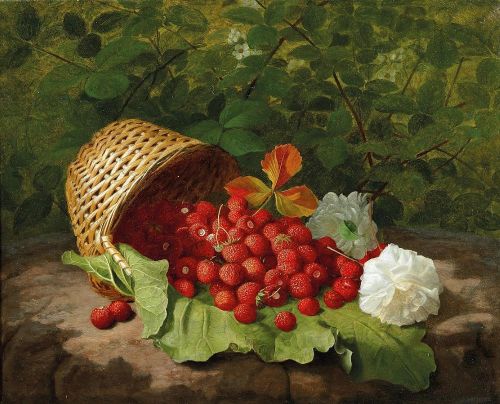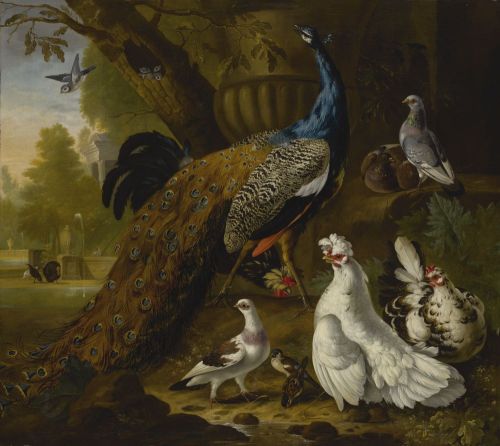How to Create a Monster
by Theodora Goss
First you must learn how to sew.
He had never learned, you see —
no, not he, the mad-for-science boy,
for whom I was just another
pretty toy, his Elizabeth,
his Liz, Betty, Sissy, his pet
cousin, almost sister.
My dear Victor Frankenstein,
you need to be able to sew
with thread so fine
it is almost invisible,
as thin as the hair
of a Swiss miss, or the air
at the top of a glacier.
I learned how, of course,
from your mother.
How to make the little stitches
like bird tracks, mouse tracks.
While you were reading your books
of alchemy, I was making and mending.
While you were wandering
over the hills around Geneva,
dreaming great dreams — university,
breaking the bounds of human knowledge,
etcetera, I was sitting
by a window, embroidering
a handkerchief, or darning your sock,
watching long, slow minutes pass
on the mantle clock.
But I learned how to sew.
I can make stitches so fine,
you cannot see them. I will take
this lifeless girl, this Justine,
and make her, remake her,
into a companion. I will mend
her, you’ll see. And then we will roam
the hills together, whatever
the weather — monsters don’t care
about that. They only care
about the essential things, like how to find
birds’ nests in spring, berries
and nuts in autumn. We will live
off the land, like feral goats,
climbing the steep cliffs,
dressed in warm coats
of felted wool. If you see us lingering
by a mountain pool, look away.
Monsters don’t like to be watched.
We will talk
about Paradise Lost together.
(You would never
discuss it with me. What,
isn’t my brain good enough for you,
Victor, you thick-fingered blunderer?)
You messed up, clearly. But I, trained
as a seamstress, reading your books
surreptitiously, while you were out
being a Romantic hero — I,
the heroine of no story, at least not my own,
just a minor character in your narrative —
I can sew beautifully. You’ll see.
They will ask, who is the monster,
Elizabeth or her creation? But we will already
have disappeared into the mountains.

(The image is The Sunny Window by Frank W. Benson.)







